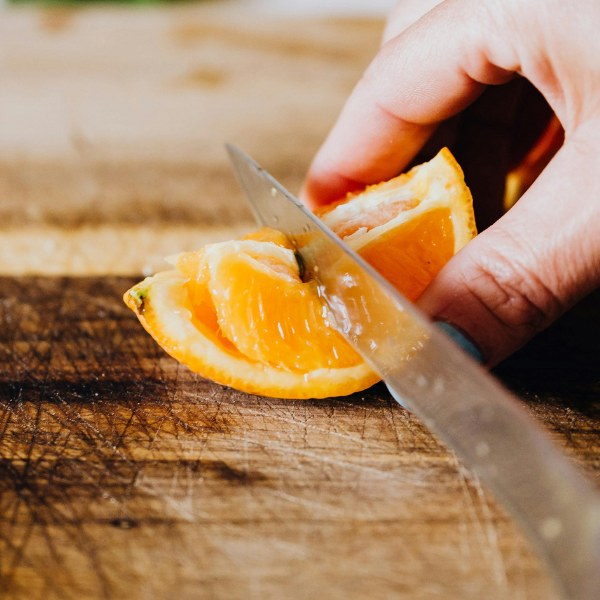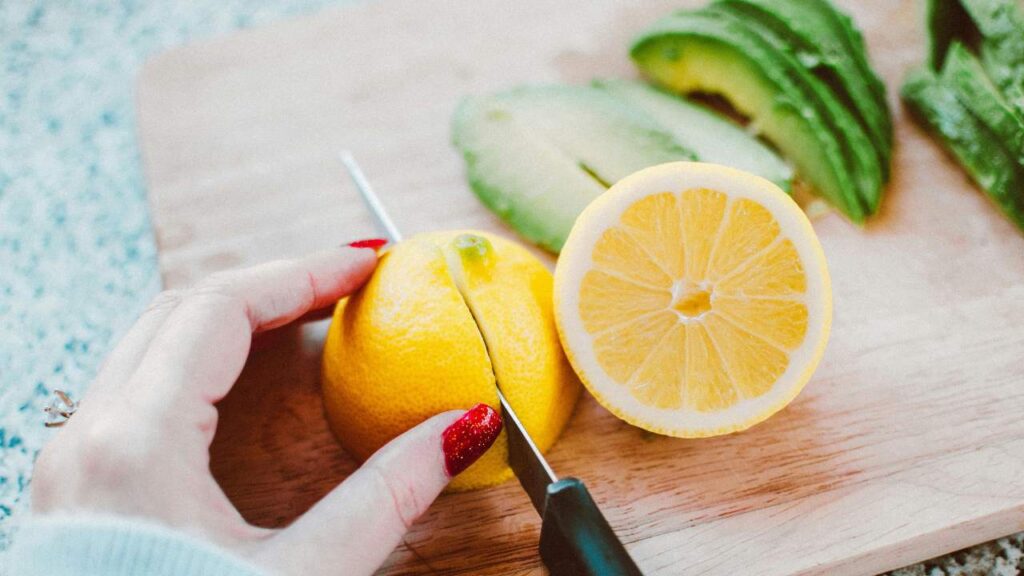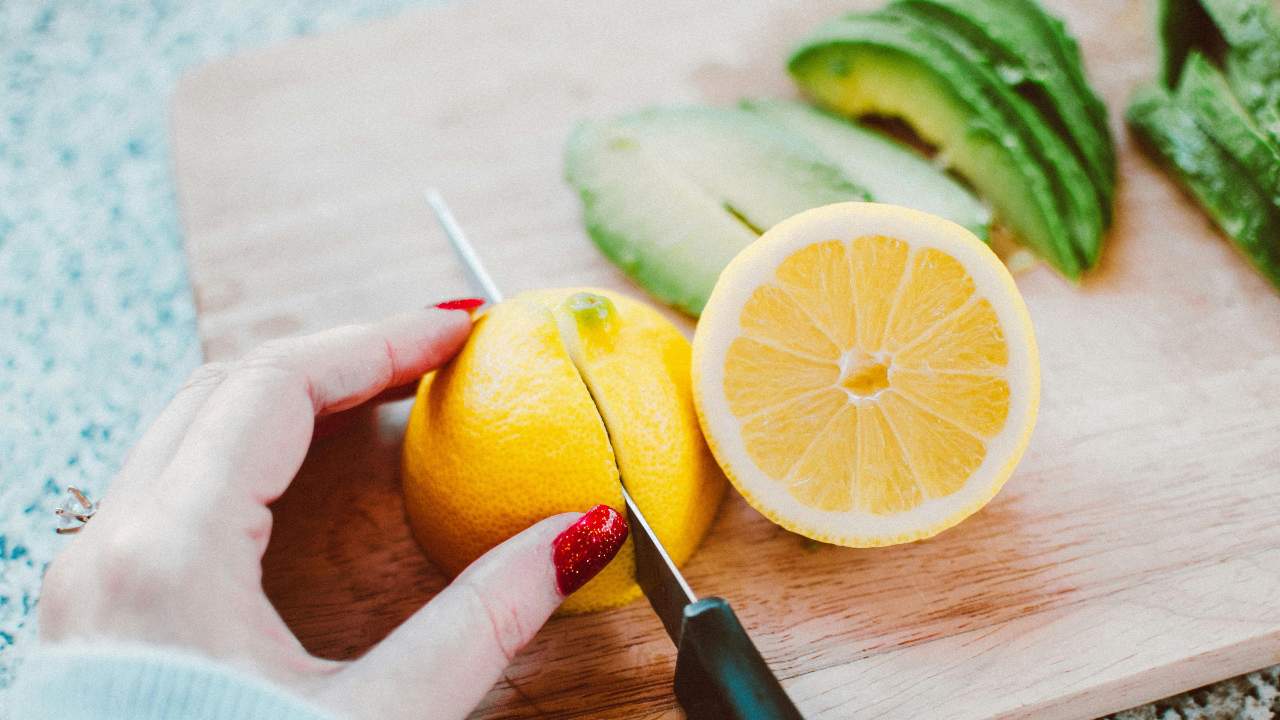Cooking becomes a whole lot easier when you have the right tools, and a kitchen knife is one of the most essential tools in your arsenal. But what is a kitchen knife used for? Beyond the obvious tasks, kitchen knives can significantly enhance your efficiency and precision in the kitchen.
In this post, we’ll explore seven practical ways you can use kitchen knives, helping you make the most of this indispensable tool. Whether you’re a beginner or a seasoned cook, these insights will add value to your culinary skills.
What is a Kitchen Knife Used For? Essential Everyday Tasks
Kitchen knives are versatile tools that serve a variety of purposes in meal preparation. Let’s dive into the practical uses:

1. Chopping Vegetables and Herbs
One of the most common uses of a kitchen knife is chopping vegetables and herbs. From slicing carrots into thin rounds to mincing parsley, a sharp kitchen knife ensures precision and speed.
- Why it matters: A good knife allows you to achieve uniform cuts, which helps in even cooking.
- Example: Use a chef’s knife to chop onions finely for soups or sautés.
2. Slicing Fruits
Knowing how to use a kitchen knife for fruits can save time and effort. Whether you’re slicing apples for a pie or dicing mangoes for a salad, a sharp blade ensures clean cuts without squishing the fruit.
- Why it matters: Clean slices improve presentation and make fruits easier to eat.
- Example: A paring knife is ideal for peeling and slicing fruits like kiwis or oranges.
3. Cutting Meat and Poultry
Preparing meat and poultry is another essential task where kitchen knives shine. A sharp knife helps in cutting through tough textures and achieving precise portions.
- Why it matters: Using the right knife reduces waste and makes meat easier to cook.
- Example: A boning knife works perfectly for removing bones from chicken or trimming fat from beef.
4. Dicing Seafood
For seafood lovers, a kitchen knife is indispensable for tasks like filleting fish or deveining shrimp. Properly diced seafood not only cooks evenly but also looks appealing on the plate.
- Why it matters: Precision in seafood preparation enhances flavor and texture.
- Example: Use a fillet knife to cut salmon into equal portions for grilling.
5. Slicing Bread
A serrated knife is specifically designed to slice bread without crushing it. Whether you’re dealing with soft rolls or crusty baguettes, the right knife ensures clean and easy cuts.
- Why it matters: Clean slices make bread easier to serve and enjoy.
- Example: A serrated knife is also great for slicing cakes or delicate pastries.
6. Crushing Garlic and Ginger
Did you know that a kitchen knife can double as a tool for crushing? The flat side of a chef’s knife is perfect for crushing garlic cloves or ginger, making them easier to peel and chop.
- Why it matters: Crushing releases flavors and makes ingredients easier to handle.
- Example: Place a garlic clove under the blade and press down firmly with your palm.
7. Trimming and Peeling
Peeling fruits and vegetables or trimming excess fat from meats are other essential everyday tasks for kitchen knives. A small, sharp knife ensures precision in these delicate tasks.
- Why it matters: Proper trimming and peeling enhance the final presentation of your dish.
- Example: Use a paring knife to peel apples or trim asparagus stalks.
How to Use a Kitchen Knife Safely and Effectively

While understanding the benefits of a kitchen knife is crucial, knowing how to use it safely is just as important. Follow these tips:
- Always use a cutting board to protect your countertops and knife edges.
- Keep your knife sharp to reduce the risk of slipping and accidents.
- Hold the knife with a firm grip and keep your fingers tucked away from the blade.
- Use the right knife for the task to ensure efficiency and safety.
Benefits of a Kitchen Knife
- Efficiency: A sharp knife speeds up meal prep and reduces fatigue.
- Precision: Accurate cuts improve the appearance and cooking consistency of your dishes.
- Versatility: With different types of knives, you can handle a variety of tasks effortlessly.
Comparison Table: Types of Kitchen Knives and Their Uses
| Type of Knife | Best For | Example Tasks |
|---|---|---|
| Chef’s Knife | Chopping, slicing, and dicing | Vegetables, herbs, and meats |
| Paring Knife | Peeling and intricate tasks | Trimming, peeling fruits and vegetables |
| Serrated Knife | Cutting through tough exteriors | Bread, tomatoes, and cakes |
| Boning Knife | Removing bones and trimming | Chicken, fish, and beef |
| Fillet Knife | Precision cuts in seafood | Filleting fish and deveining shrimp |
Everyday Tasks for Kitchen Knives: Real-World Examples
Let’s consider some common scenarios where kitchen knives prove their worth:
- Meal Prep: A chef’s knife makes chopping vegetables quick and easy for stir-fries.
- Breakfast: A serrated knife slices bagels perfectly for toasting.
- Snacks: A paring knife is ideal for peeling apples for a healthy snack.
- Dinner: A boning knife ensures clean cuts of chicken breasts for grilling.
Conclusion
So, what is a kitchen knife used for? As we’ve explored, it’s an essential tool for a wide range of cooking tasks, from chopping vegetables to slicing bread and preparing meats. Each type of knife has its unique role, making your time in the kitchen more efficient and enjoyable. By understanding the uses of a kitchen knife and practicing safe techniques, you can elevate your cooking skills and make meal prep a breeze.
Investing in the right knives and using them correctly ensures you get the most out of this indispensable kitchen tool.
FAQ’s
What is a kitchen knife used for?
A kitchen knife is used for tasks like chopping vegetables, slicing fruits, cutting meats, and more. It’s a versatile tool that enhances efficiency and precision in the kitchen.
What are the best knives for chopping vegetables?
The best knives for chopping vegetables include the chef’s knife for larger tasks and the paring knife for precision cuts. Both ensure clean and even slices.
How can I use a kitchen knife safely?
To use a kitchen knife safely, keep it sharp, use a cutting board, and hold it with a firm grip. Always tuck your fingers away from the blade.
What are the benefits of a kitchen knife?
Kitchen knives improve efficiency, precision, and versatility in meal prep. They make cutting tasks easier and ensure consistent results.
How do I choose the right kitchen knife?
Choose a kitchen knife based on the tasks you perform most often. For general use, a chef’s knife is ideal, while specialized knives like boning or serrated knives serve specific purposes.

